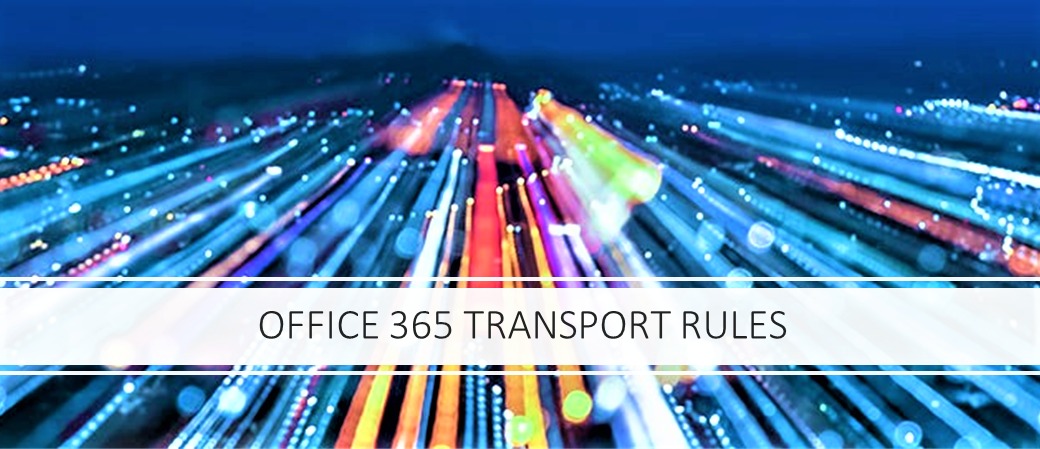Office 365 Transport Rules
- 13/09/2018
- Posted by: Sheryl Newman
- Categories:

Office 365 Transport Rules, also known as mail flow rules, check for specific conditions within emails in your organisation, and have specific actions they will carry out if these conditions are met. This is similar to inbox rules which are used by Outlook. However, a Transport rule takes effect on messages which are still in transmit, rather than already delivered.
Transport Rules are added through MS Exchange:
Office 365 Transport Rules are often us ed by businesses for compliance and security functions. An example of this would be blocking email attachments from being delivered to email addresses within your organisation for legal requirements. You could then set up another rule which would send a notification to the person telling them that an email containing attachments had been blocked.
ed by businesses for compliance and security functions. An example of this would be blocking email attachments from being delivered to email addresses within your organisation for legal requirements. You could then set up another rule which would send a notification to the person telling them that an email containing attachments had been blocked.
These rules can also be used for a variety of other functions, including:
- Company-wide headers, footers and signatures.
- Encryption and Decryption of emails within your organisation.
- Setting the Spam Confidence Level (SCL) of messages – this is a measure of how likely the message is to be spam.
- Making sure particular messages bypass your junk folder.
- Creating organisation wide blocked-sender or safe-sender lists.
- Setting up message approval – the message won’t deliver until approved by a specific person. This can be useful to make sure legal (privacy) requirements are met.
These are just a handful of the useful applications of Transport Rules.
However, the downside to Transport Rules is that they can be difficult to set up for the average user, as they often require knowledge of HTML or the use of 3rd party software to complete. The best workaround is to ask your in-house IT support for help – or alternatively, feel free to give us a call.
